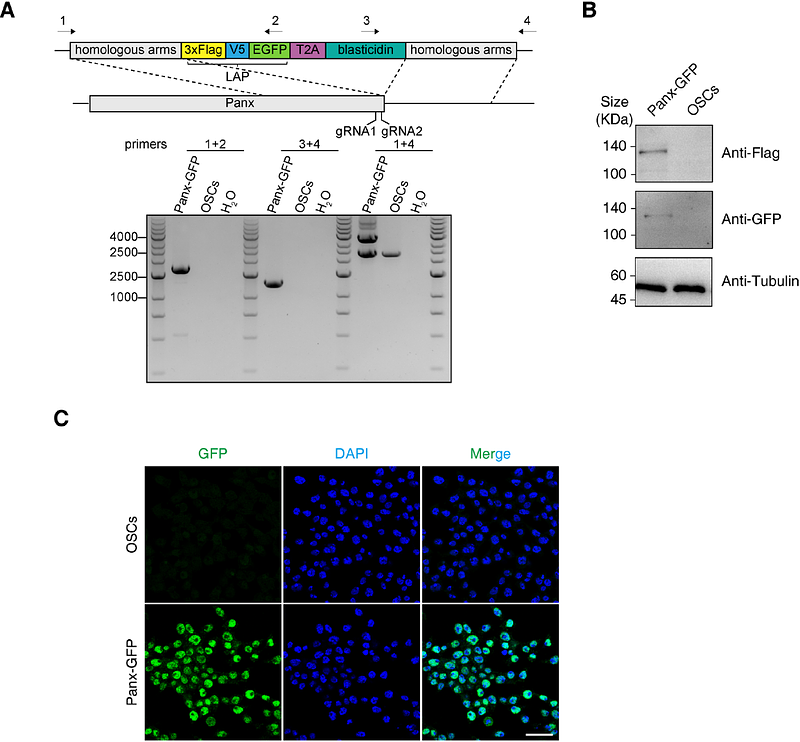Red Light-Activated Reversible Inhibition of Protein Functions by Assembled Trap

Red Light-Activated Reversible Inhibition of Protein Functions by Assembled Trap
Zhou, P.; Jia, Y.; He, X.; Zhang, T.; Liu, C.; Li, W.; Li, Z.; Sun, L.; Guang, S.; Zhou, Z.; Yuan, Z.; Lu, X.; Yu, Y.
AbstractRed light offers strong tissue penetration and low phototoxicity, making it an attractive option for optogenetic applications. However, the available red light-inducible optogenetic tools are rather limited. Here, we present a novel red light-induced protein clustering system, namely R-LARIAT (Red Light-Activated Reversible Inhibition by Assembled Trap), that controls protein functions in a spatiotemporal manner. Our system capitalizes on the rapid and reversible binding of LDBs (nanobodies-based dimerization binders) to a bacterial phytochrome DrBphP, which uses a mammalian endogenous biliverdin chromophore to absorb red light. An anti-GFP nanobody fused with LDBs allows this method to quickly trap a wide variety of GFP-tagged proteins into light-induced protein clusters. Strikingly, our system exhibits an excellent performance in clustering efficiency with high light sensitivity and stability, it can function even when shielded by multiple glass plates. By utilizing the R-LARIAT system to trap and sequester tubulin, cell cycle progression can be blocked in HeLa cells. Therefore, the R-LARIAT system takes advantage of red light with greater tissue penetration and holds the potential to precisely control protein functions in living organisms.